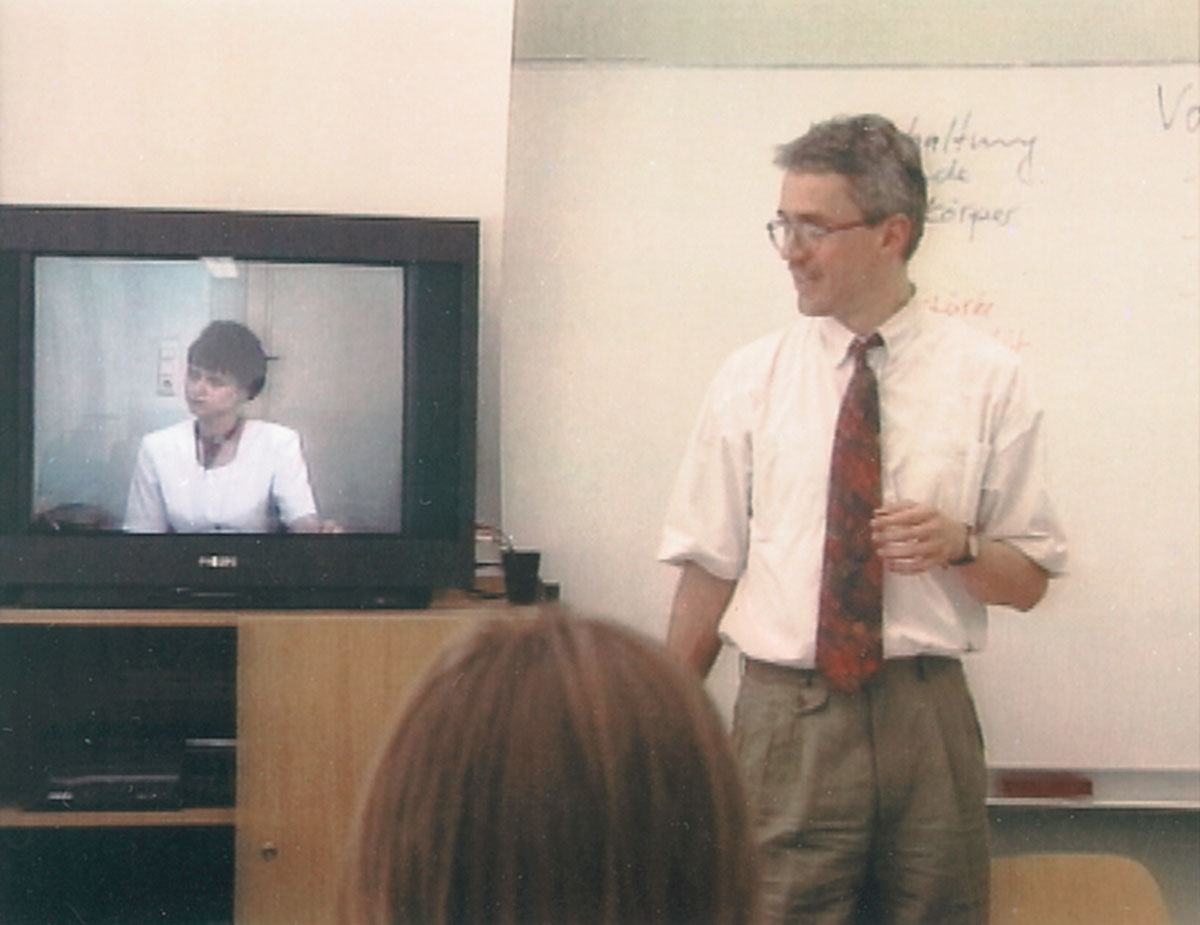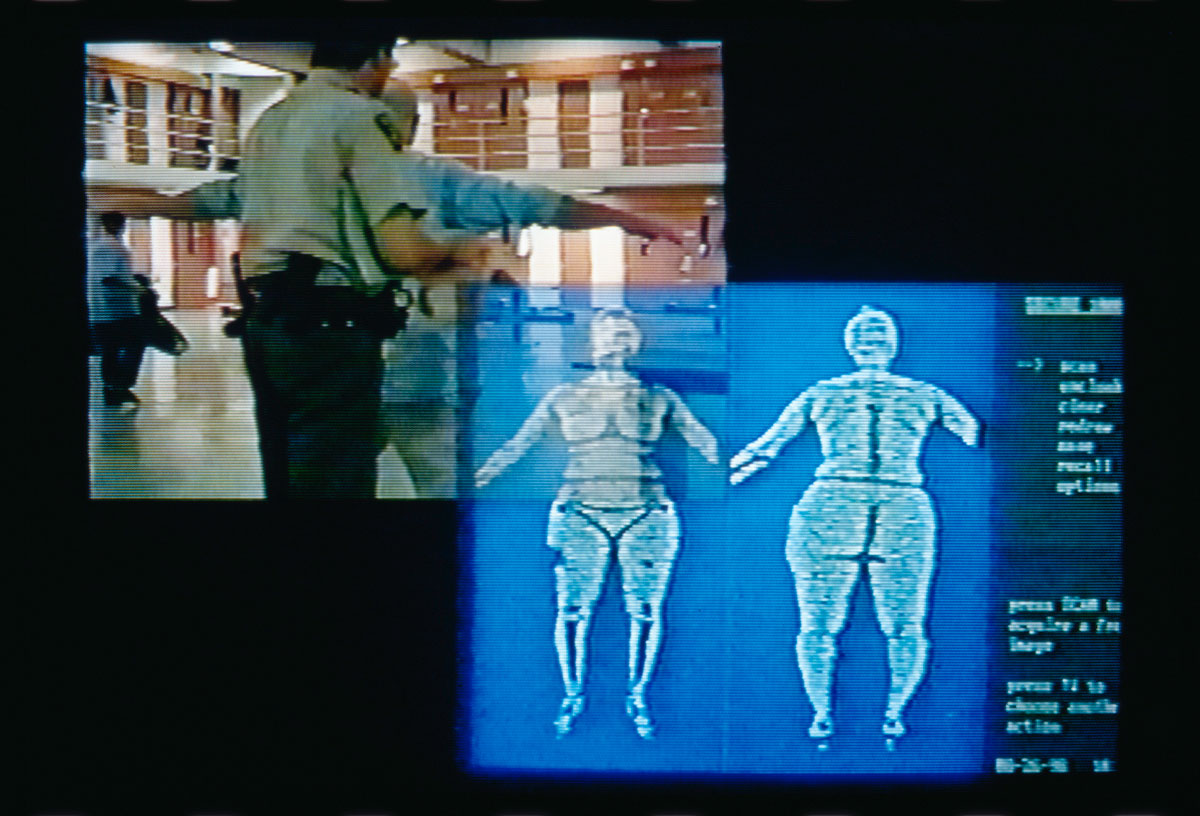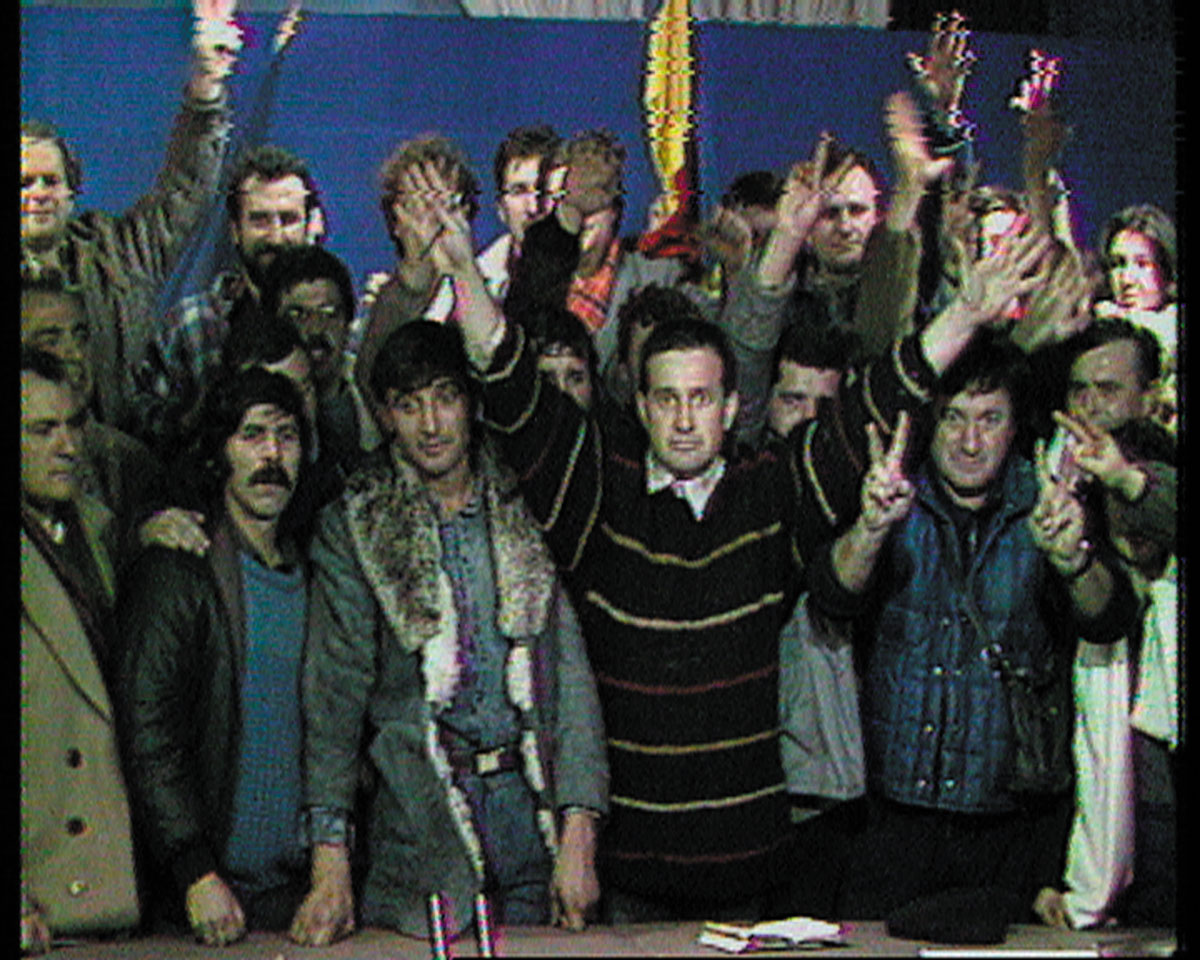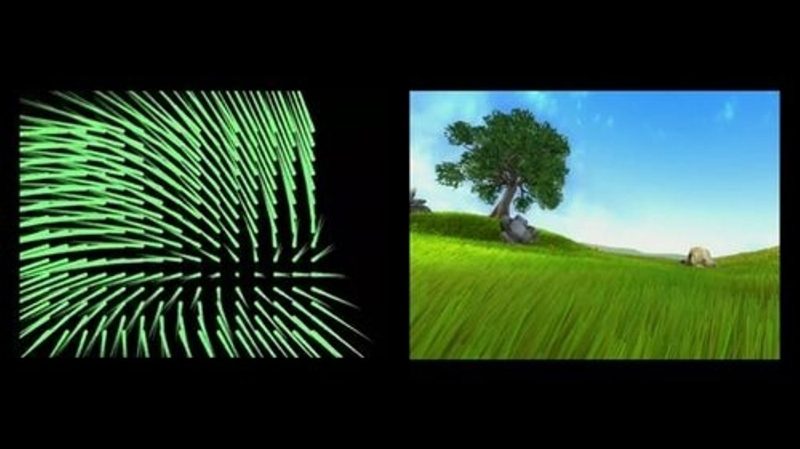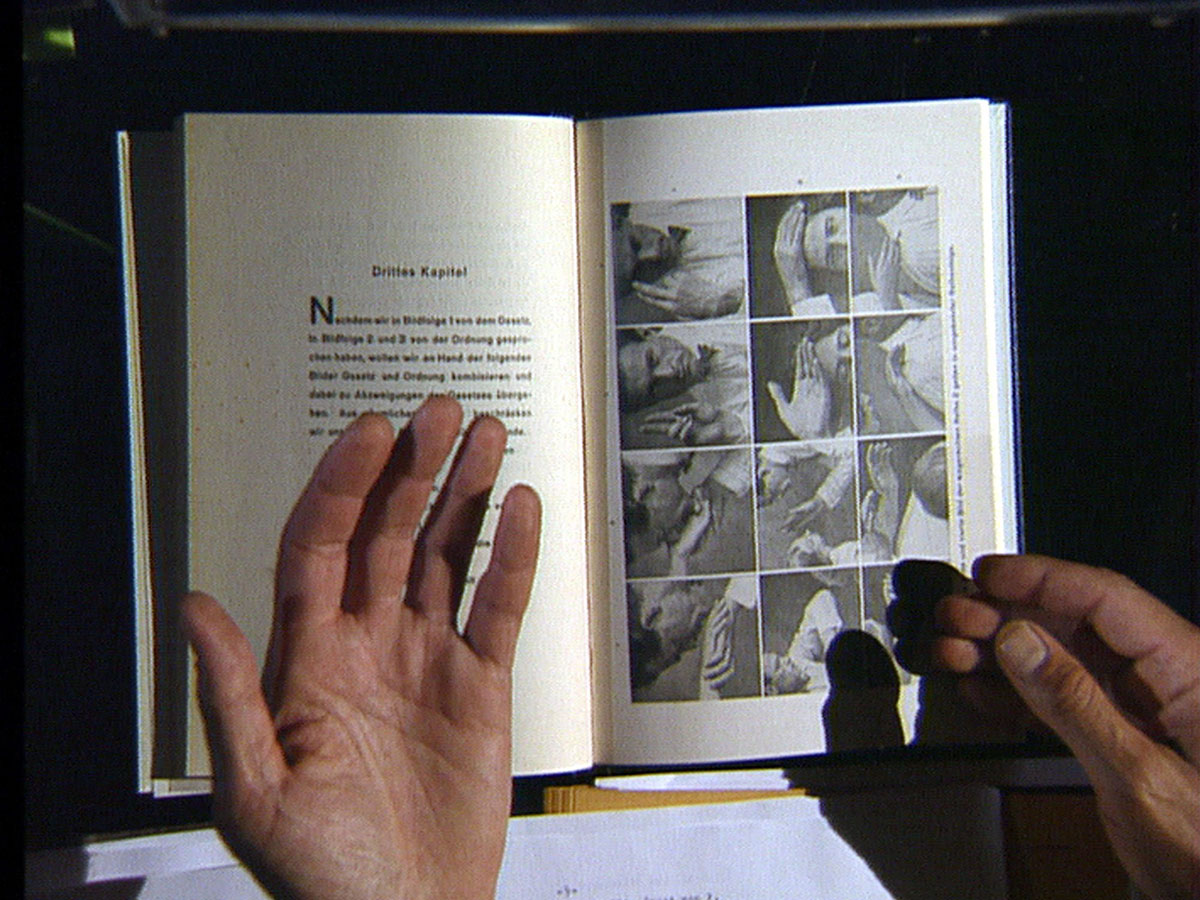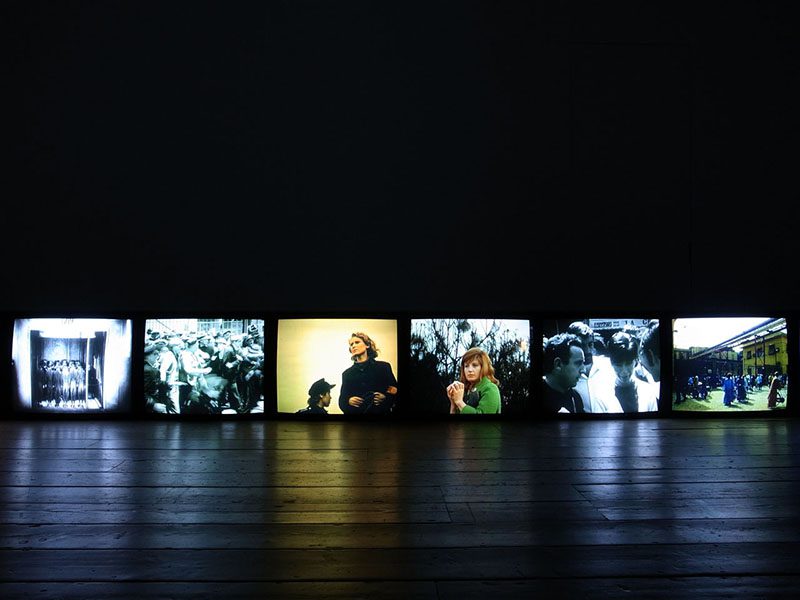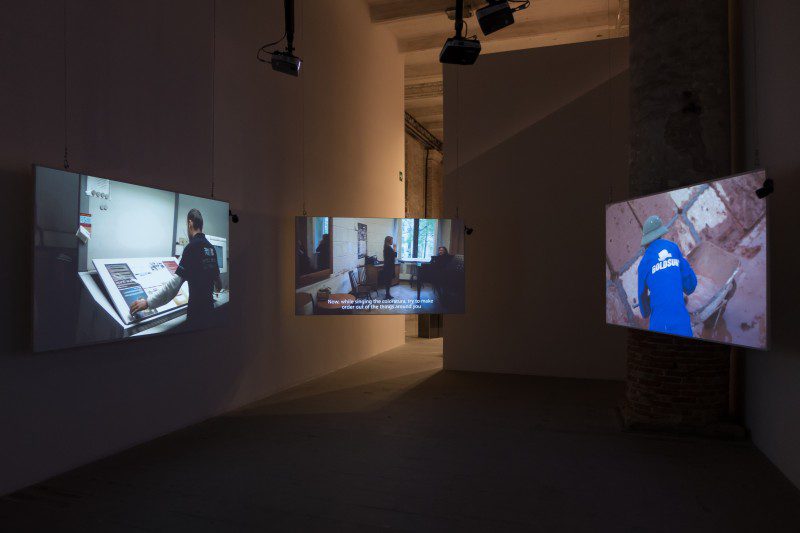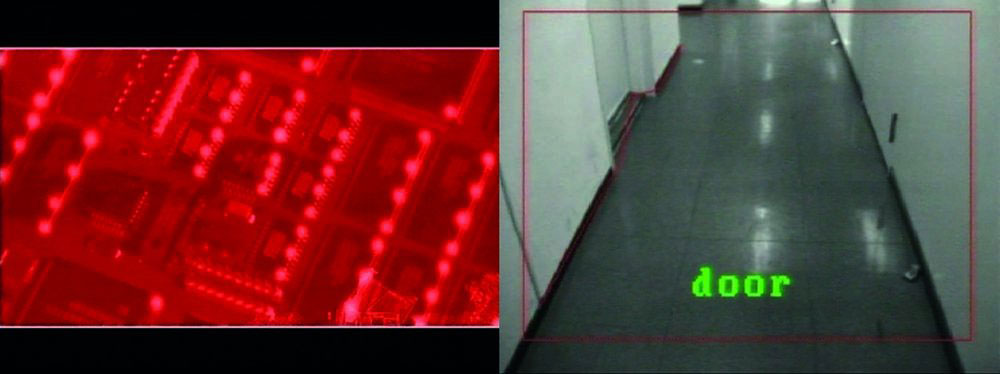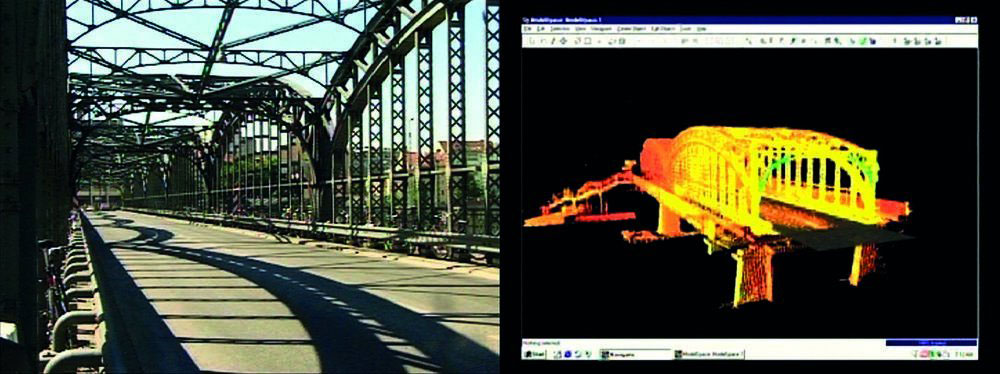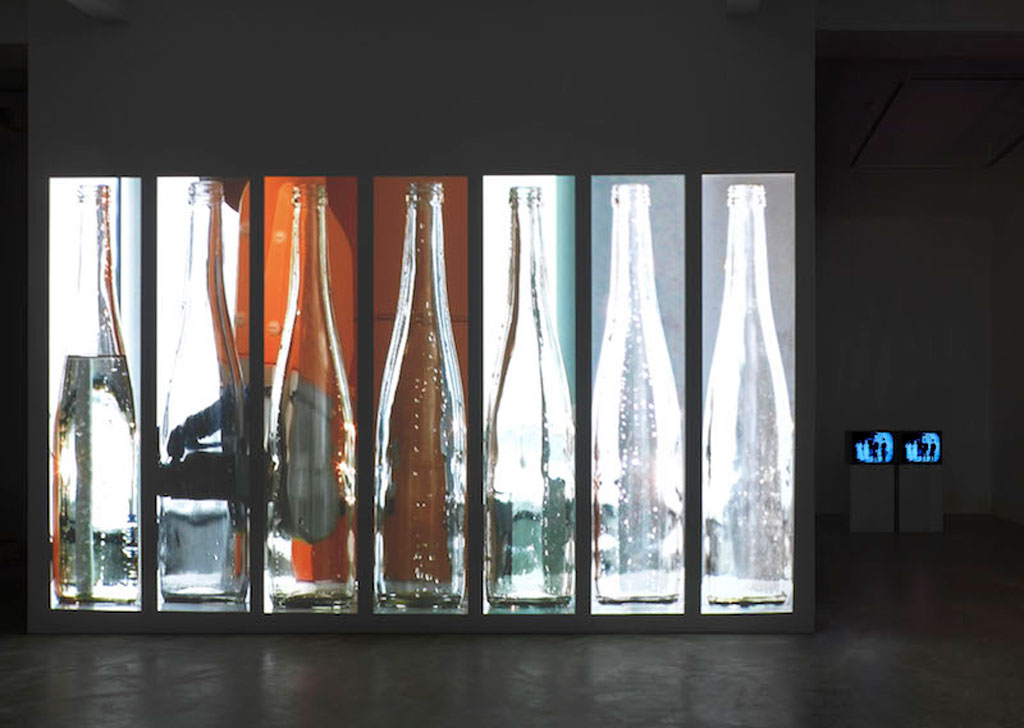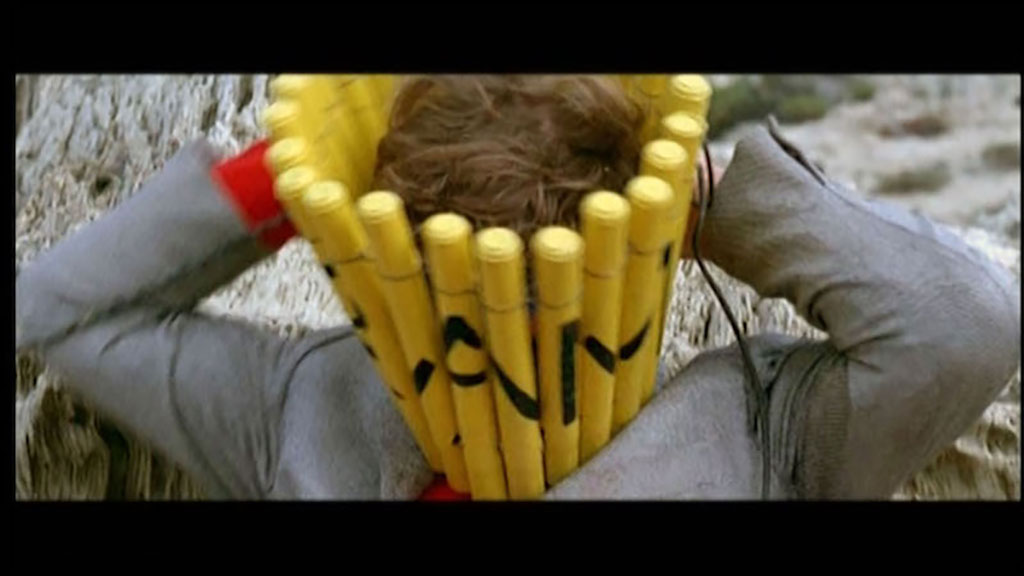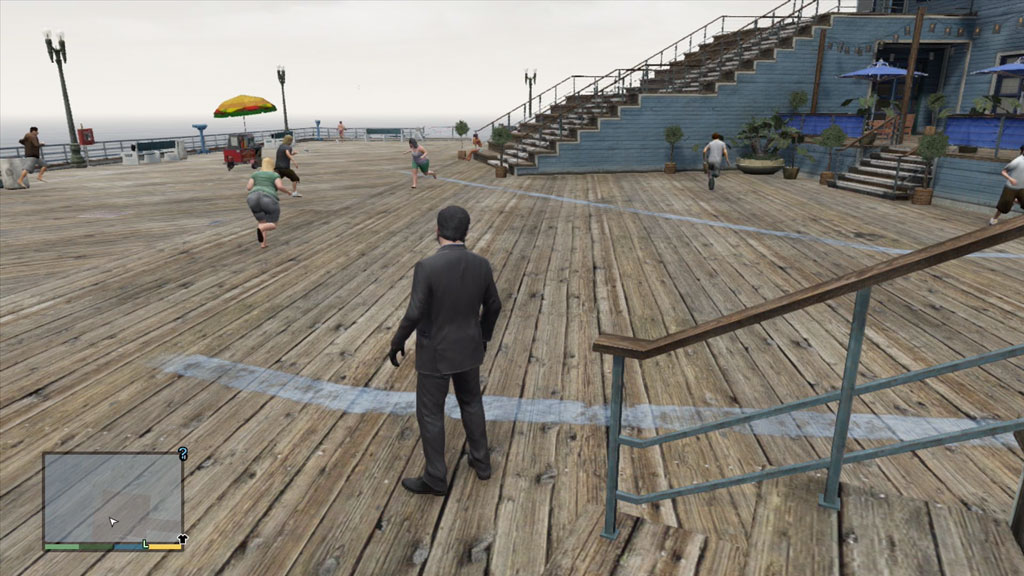TRACES: Harun Farocki
 Today is the occasion to bear in mind Harun Farocki (9/1/1944-30/7/2014), author, filmmaker and curator, his impact and influence on culture, within and beyond Germany, is undisputed. He was, and remains, a commanding figure of contemporary culture. Despite his numerous commitments, Farocki was always generous with his time, his ideas and his attention. This column is a tribute to artists, living or dead, who have left their mark in Contemporary Art. Through documents or interviews, starting with: moments and memories, we reveal out from the past-unknown sides of big personalities, who left their indelible traces in time and history…
Today is the occasion to bear in mind Harun Farocki (9/1/1944-30/7/2014), author, filmmaker and curator, his impact and influence on culture, within and beyond Germany, is undisputed. He was, and remains, a commanding figure of contemporary culture. Despite his numerous commitments, Farocki was always generous with his time, his ideas and his attention. This column is a tribute to artists, living or dead, who have left their mark in Contemporary Art. Through documents or interviews, starting with: moments and memories, we reveal out from the past-unknown sides of big personalities, who left their indelible traces in time and history…
By Dimitris Lempesis
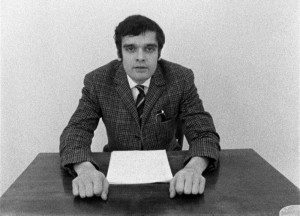 Harun Farocki (Harun El Usman Faroqh) was born on 9/1/44, in Neutitschein (now Novy Jicin), in what was then German-annexed Czechoslovakia, he simplified the spelling of his surname as a young man. After the war, he and his family lived in India and Indonesia before resettling in West Germany. In 1966, he entered the German Cinematic and Television Academy (DFFB) in Berlin, from which he was expelled in 1968 for political reasons. Farocki’s early films are marked by ideas of a cultural revolution as formulated by the increasingly radical Left of the time and are explicitly developed as effective means of political propaganda. His subsequent auctorial, essayistic, and documentary films call for a more active reception on behalf of the audience itself. His best-known early film, “Inextinguishable Fire” (1969), is a meditation on the of napalm in Vietnam. Little actual combat footage was employed, instead, Farocki presented images suggesting the sterile offices of the Dow Chemical Company, which manufactured napalm. “When we show you pictures of napalm victims, you’ll shut your eyes. You’ll close your eyes to the pictures. Then you’ll close them to the memory. And then you’ll close your eyes to the facts”. These words are spoken at the beginning of the film that can be viewed as a unique and remarkable development. Farocki refrains from making any sort of emotional appeal. His point of departure is the following: “When napalm is burning, it is too late to extinguish it. You have to fight napalm where it is produced: in the factories”. The 1988 film “Images of the World and the Inscription of War”, is perhaps Farocki’s best-known work, this crucial film-essay focuses on aerial photographs of Auschwitz taken during World War II by British pilots. Those who studied the photos, however, took no notice of the camp since they were interested only in nearby bombing targets. That haunting historical detail acts as the allegorical center for an austere reflection on the use of images as surveillance and as instruments of control. In works like “Videograms of a Revolution” (1992), entirely made from found footage–images taken from Romanian television–, Farocki configures a completely new narrative order. In this works, thematizes the interactions between historical processes and their representation in the media. In “I Thought I Was Seeing Convicts” (2001) Farocki uses surveillance video and computer graphics to trace the similarity between the prison, the factory and the supermarket- the convict, the worker and the shopper are all watched, their movements deciphered in the interest of greater control. The film ultimately focuses on the investigation at California’s notorious Corcoran prison, where guards shot and killed unarmed inmates in a series of incidents in the 1990s, the ghastly events captured on camera. In the Installation “Workers Leaving the Factory in Eleven Decades” (2006) scenes from throughout film’s history of workers leaving the factory, is displayed on twelve monitors simultaneously. In cinematography, perception and concept diverge. Farocki’s life included writing about film and teaching media. From 1974 to 1984 he was the editor of the journal “Filmkritik”, published in Munich. In 1998 he published the book “Speaking about Godard” (together with Kaja Silverman). From 1993 to 1999 Farocki was a visiting professor at the ‘University of California Berkeley’. From 2000 to 2004 Farocki taught in Berlin at his former school ‘DFFB’ and at the University of the Arts’. In 2004 Farocki first became a visiting professor and then in 2006 a full professor at the ‘Academy of Fine Arts’ in Vienna. As a teacher Harun Farocki had a significant cinematic and intellectual influence on the development of the acclaimed “Berlin School” film movement. He died unexpectedly on 30/7/2014.
Harun Farocki (Harun El Usman Faroqh) was born on 9/1/44, in Neutitschein (now Novy Jicin), in what was then German-annexed Czechoslovakia, he simplified the spelling of his surname as a young man. After the war, he and his family lived in India and Indonesia before resettling in West Germany. In 1966, he entered the German Cinematic and Television Academy (DFFB) in Berlin, from which he was expelled in 1968 for political reasons. Farocki’s early films are marked by ideas of a cultural revolution as formulated by the increasingly radical Left of the time and are explicitly developed as effective means of political propaganda. His subsequent auctorial, essayistic, and documentary films call for a more active reception on behalf of the audience itself. His best-known early film, “Inextinguishable Fire” (1969), is a meditation on the of napalm in Vietnam. Little actual combat footage was employed, instead, Farocki presented images suggesting the sterile offices of the Dow Chemical Company, which manufactured napalm. “When we show you pictures of napalm victims, you’ll shut your eyes. You’ll close your eyes to the pictures. Then you’ll close them to the memory. And then you’ll close your eyes to the facts”. These words are spoken at the beginning of the film that can be viewed as a unique and remarkable development. Farocki refrains from making any sort of emotional appeal. His point of departure is the following: “When napalm is burning, it is too late to extinguish it. You have to fight napalm where it is produced: in the factories”. The 1988 film “Images of the World and the Inscription of War”, is perhaps Farocki’s best-known work, this crucial film-essay focuses on aerial photographs of Auschwitz taken during World War II by British pilots. Those who studied the photos, however, took no notice of the camp since they were interested only in nearby bombing targets. That haunting historical detail acts as the allegorical center for an austere reflection on the use of images as surveillance and as instruments of control. In works like “Videograms of a Revolution” (1992), entirely made from found footage–images taken from Romanian television–, Farocki configures a completely new narrative order. In this works, thematizes the interactions between historical processes and their representation in the media. In “I Thought I Was Seeing Convicts” (2001) Farocki uses surveillance video and computer graphics to trace the similarity between the prison, the factory and the supermarket- the convict, the worker and the shopper are all watched, their movements deciphered in the interest of greater control. The film ultimately focuses on the investigation at California’s notorious Corcoran prison, where guards shot and killed unarmed inmates in a series of incidents in the 1990s, the ghastly events captured on camera. In the Installation “Workers Leaving the Factory in Eleven Decades” (2006) scenes from throughout film’s history of workers leaving the factory, is displayed on twelve monitors simultaneously. In cinematography, perception and concept diverge. Farocki’s life included writing about film and teaching media. From 1974 to 1984 he was the editor of the journal “Filmkritik”, published in Munich. In 1998 he published the book “Speaking about Godard” (together with Kaja Silverman). From 1993 to 1999 Farocki was a visiting professor at the ‘University of California Berkeley’. From 2000 to 2004 Farocki taught in Berlin at his former school ‘DFFB’ and at the University of the Arts’. In 2004 Farocki first became a visiting professor and then in 2006 a full professor at the ‘Academy of Fine Arts’ in Vienna. As a teacher Harun Farocki had a significant cinematic and intellectual influence on the development of the acclaimed “Berlin School” film movement. He died unexpectedly on 30/7/2014.

